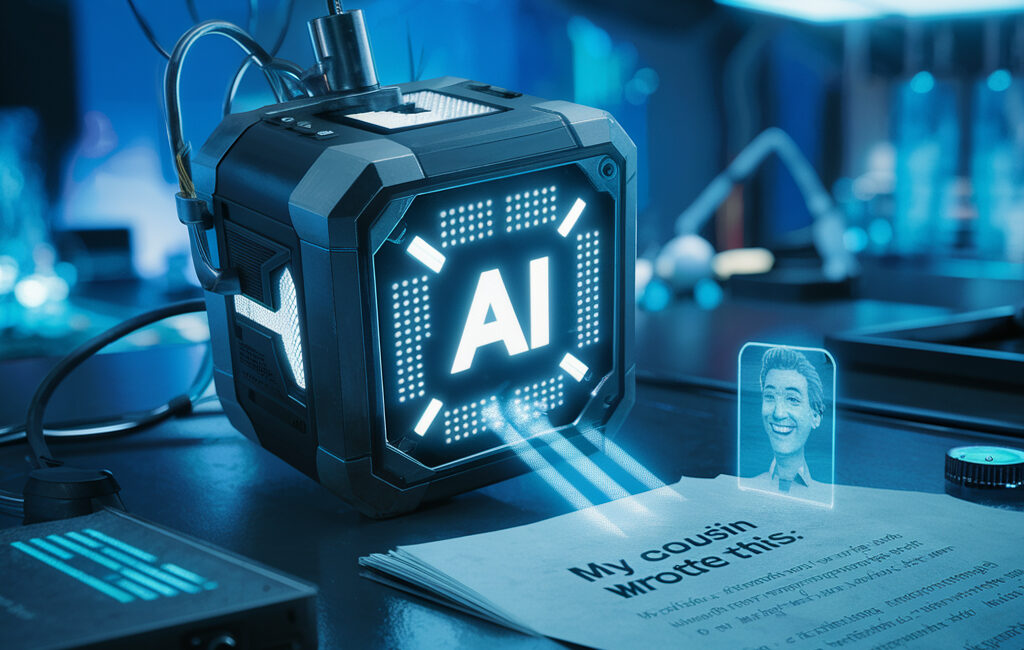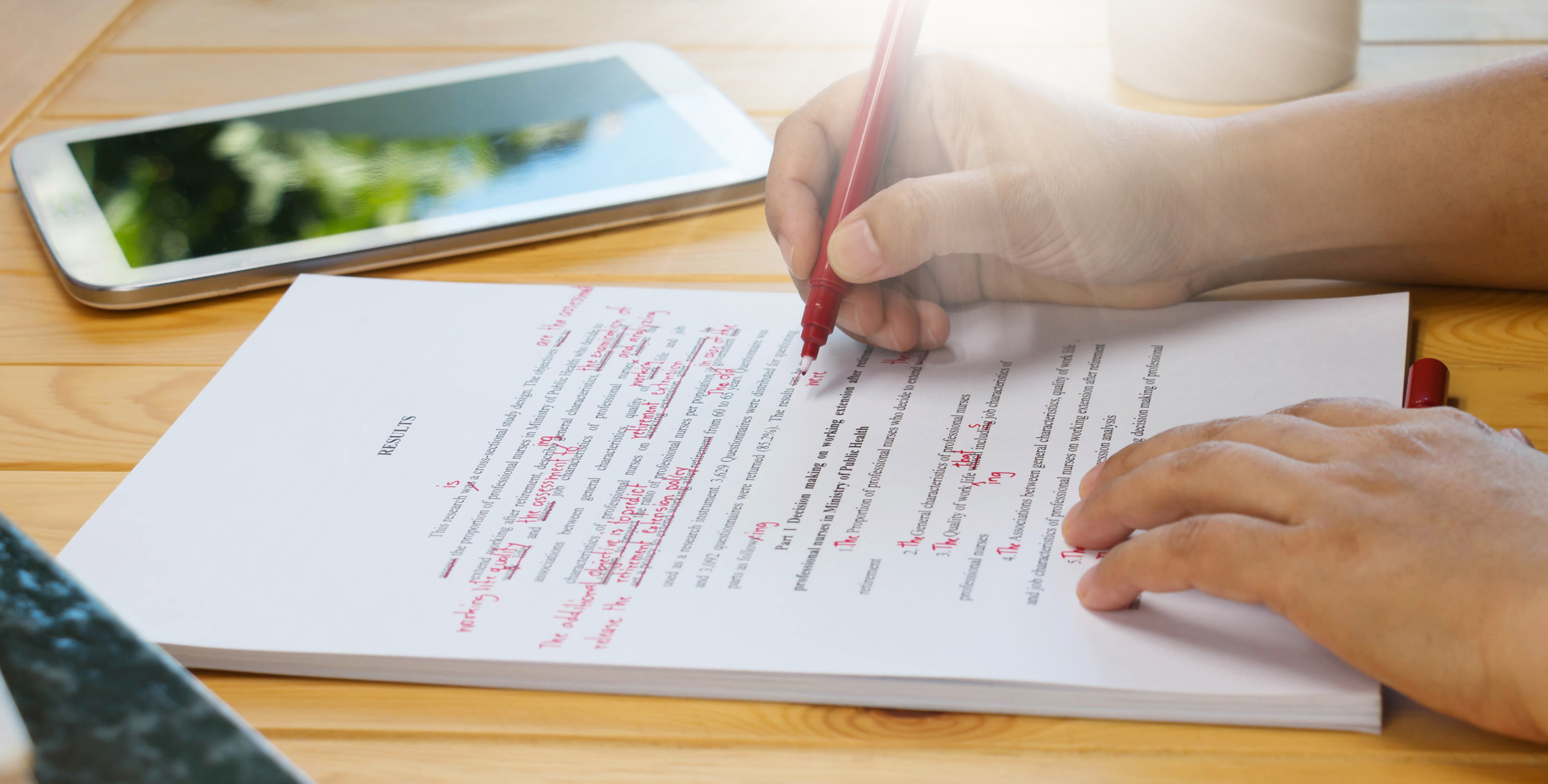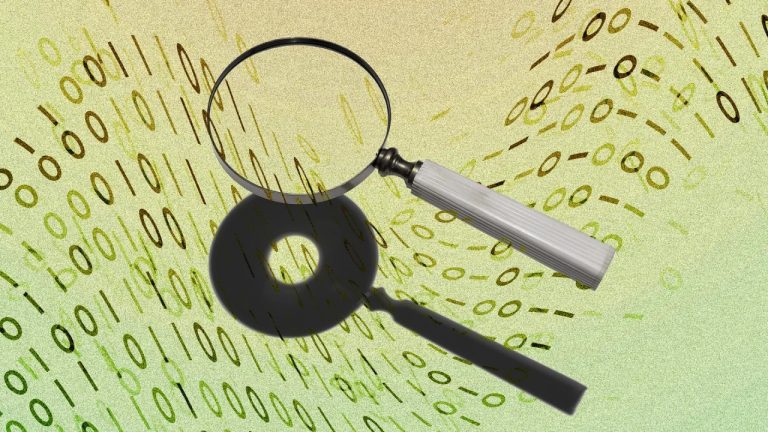Artificial intelligence (AI) has rapidly changed how we interact with information, especially when it comes to creating written text. From generating blog posts to composing academic essays, AI tools have made it possible to produce large volumes of text with just a few clicks.
As the use of AI-generated text becomes more widespread, so does the need to detect it. Schools, businesses, and content platforms are increasingly concerned about the integrity of the text they deal with. This is where AI detectors come in. These tools are designed to analyze text and determine whether it was created by a human or an artificial intelligence.
However, with the rise of artificial intelligence detectors, a new question has emerged: Can you fool these detectors? If an AI can generate text that closely resembles human writing, is it possible to tweak that text just enough to slip past the detectors unnoticed?
In this article, we will explore the intricacies of AI detectors. We will delve into how they work, what they look for, and whether it is truly possible to fool them.
The Role of AI Detectors
Artificial intelligence detectors serve a crucial purpose. They analyze text to determine whether a human or an AI created it. Companies and academic institutions use these detectors to ensure that the content they receive is original and not produced by an AI. But the question remains: Can you really fool an AI detector?
There are many tools like Zero GPT that claim to identify AI-generated text with high accuracy. Understanding how these detectors work can help in recognizing whether fooling them is possible.

How AI Detectors Work
They function by analyzing patterns, word choices, sentence structures, and other linguistic features. They compare these elements against a database of known human and artificial intelligence writing styles. When an AI generates text, it follows specific patterns. Detectors are trained to spot these patterns and flag text that seems too “perfect” or formulaic.
AI detectors often look for unusual word choices, overuse of certain phrases, and repetitive sentence structures. They also consider the context and flow of the text. Humans tend to write in a way that is more varied and less predictable. AI, on the other hand, can be more uniform and precise. These differences are what detectors rely on to make their assessments.
Can You Really Fool an AI Detector?
Many people wonder if it is possible to fool an AI detector. The answer is not straightforward. While some methods might reduce the chances of detection, there is no guarantee that they will always work. Here are some techniques that people often use to try and trick detectors:
Rewriting the Text
Some people rewrite AI-generated text to make it appear more natural. This involves changing word choices, altering sentence structures, and adding human-like errors. This method can sometimes decrease the likelihood of detection, but it requires a good understanding of both writing styles.
Using Synonyms and Paraphrasing
By swapping out words with synonyms or paraphrasing sentences, people try to make AI-generated text look more like something a human would write. While this can help, it doesn’t always fool advanced detectors. They can still pick up on other patterns that indicate AI involvement.
Adding Human Errors
Deliberately adding typos, grammatical errors, or unusual sentence structures can sometimes make the text seem less “perfect” and more human-like. However, this approach might not work with every detector, especially those designed to spot deliberate errors.

Breaking Up Text
Some believe that breaking up text into smaller chunks, mixing it with human-written content, or changing the format can help avoid detection. This method has limited success and can be time-consuming.
The Limits of Fooling AI Detectors
While some methods might reduce the chances of detection, fooling an AI detector consistently is difficult. AI technology continues to advance, and so do the detectors. As artificial intelligence becomes better at mimicking human writing, detectors are also improving at spotting even subtle signs of AI involvement.
Detectors use machine learning to constantly update and improve their algorithms. As more AI-generated text is analyzed, detectors become more accurate. This means that techniques that might work today could become less effective over time.
Some AI detectors are now incorporating additional layers of analysis, such as context checking and cross-referencing with databases. This makes it even harder to fool them. As detectors become more sophisticated, the gap between AI-generated text and human writing becomes narrower, but not impossible to detect.
Why It Might Not Be Worth It
Trying to fool an AI detector can be risky. For one, it takes time and effort to modify AI-generated text in a way that might evade detection. There is no guarantee that it will work, and the consequences of getting caught could be severe, especially in academic or professional settings.
Instead of trying to outsmart the detectors, it might be more beneficial to focus on creating quality text that meets the required standards. Artificial intelligence tools can assist in the process, but relying too heavily on them, especially for tasks where originality and human touch are important, could lead to issues.

What the Future Holds for AI Detection
As AI and its detectors continue to evolve, the battle between generating and detecting AI-produced text will likely continue. We may see even more advanced detectors that can identify AI-generated text with greater accuracy. However, the ability to write creatively and authentically will remain a valuable skill that no detector can replace.
Developers are constantly refining AI tools to make them more versatile and indistinguishable from human writing. But as long as there are differences, detectors will have the upper hand in spotting AI-generated text. Future advancements in artificial intelligence detection may also include real-time analysis, where text is scanned as it is written, making it even harder to fool the system.
Final Thoughts
Fooling an AI detector might seem tempting, but it is not a reliable strategy. The technology behind these detectors is improving, making it increasingly difficult to pass off AI-generated text as human-written. It’s important to understand that while some methods might work temporarily, the risks involved make it an unwise approach.
For those who rely on artificial intelligence for assistance, focusing on how to use these tools responsibly and ethically is a better path forward. AI can be a powerful ally in the writing process, but its role should be to enhance, not replace, the human touch that defines great writing.




